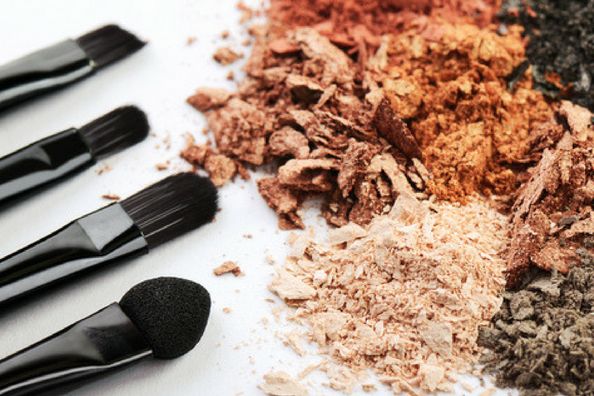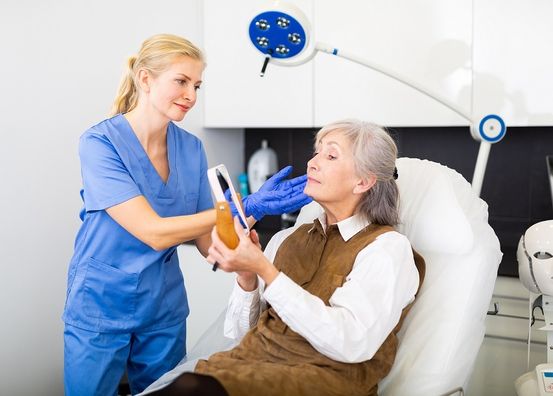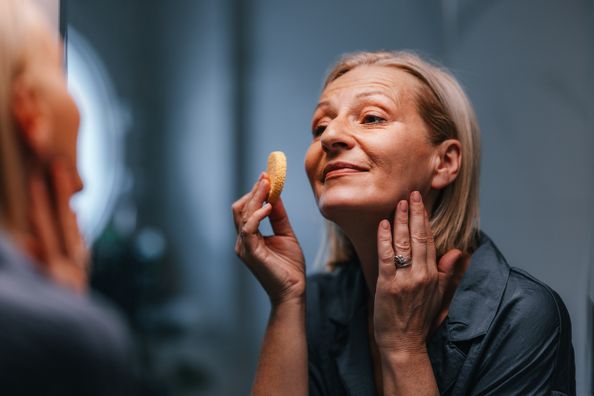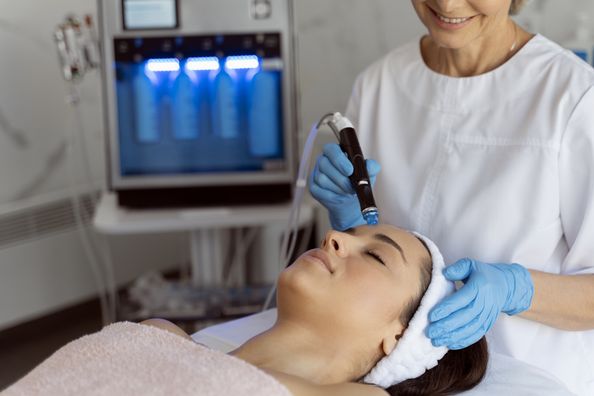Mineral makeup has become the makeup industry’s top seller, but few people know why.
Here are some interesting facts about mineral makeup that you may not know.
Benefits of Mineral Makeup for Different Skin Types
Mineral makeup is inert, which means it is not able to be changed easily by a chemical or biological reaction. This means that it is beneficial to the skin in two ways; the first is by impeding bacterial growth which makes it great for acneic skin, and secondly, it reduces the chances of irritation, especially for sensitive skin types. Pure mineral makeup can be used on the most sensitive skin types, even skin that has been freshly waxed or exfoliated. It’s stable, non-reactive, and great for all skin types.
Understanding Mineral Makeup Labels
Not all mineral makeup is created equal. There are many claiming to have the best mineral makeup line and product, who do you believe? Of course, it may be just a matter of opinion, but be aware of misleading marketing claims. For example, there are labels that read “contains 100% minerals”, which leads you to think it IS 100% mineral makeup. What it really means is that it has minerals in it that happen to be 100% pure, but not that every ingredient in that product IS 100% pure minerals. Many CONTAIN minerals along with filters and other ingredients, but they aren’t completely pure.
Ingredients to Avoid in Mineral Makeup
Not all minerals are good minerals. Just because it’s pure and natural, doesn’t mean it is good for the skin. A few years ago, some mineral makeup companies began removing an ingredient called, bismuth oxychloride, from mineral makeup because they found in some individuals, it caused an allergic reaction that mimicked acne rosacea. Bismuth oxychloride is a pure mineral, it’s used as a light reflector mainly in eye shadows, but it can be harmful to some. Many of the more reputable mineral makeup companies have completely removed it from all their products, so check the ingredient label.
What to Expect from Mineral Makeup Coverage
Mineral makeup is different from regular makeup powders and foundations. For people who are used to full coverage makeup, it will take time to get used to a more natural look. Mineral makeup won’t completely camouflage imperfections, but it will softly blend uneven tones. Pure minerals let the skin’s natural color and tone come through so it looks natural and fresh. Most people feel the lightness and prefer the look once they try it.
How to Apply Mineral Makeup on Dry Skin
It is true that it is easier for normal and oily skin types to wear mineral makeup than dry skin. Unfortunately, it is just the nature of mineral makeup being a “dry” product, so it has a hard time adhering to dry skin. But dry skin types can use mineral makeup when they apply it properly. I recommend that they first apply an emollient day cream right before they apply the powder. The cream will act as a natural adhesive, helping the mineral to “stick” to the skin. And if the mineral makeup line carries a setting or hydration spray, use it following the application to help it look hydrated and radiant.
Natural Sun Protection in Mineral Makeup
Mineral makeup has natural sunscreen! All mineral makeup usually contain two ingredients which act like good UV filters; titanium dioxide and zinc oxide. So when you are reapplying your powder throughout the day, you are also reapplying your sunscreen. Most women find this an easier way to reapply their SPF than reapplying a cream-based sunscreen multiple times a day.
And lastly, higher-grade minerals and higher standards of ingredients can make mineral makeup more expensive. But most feel that finding a makeup that is healthy for your skin, complements your skin tone, and gives you extra sun protection is worth the extra cost.
Health Topics:







